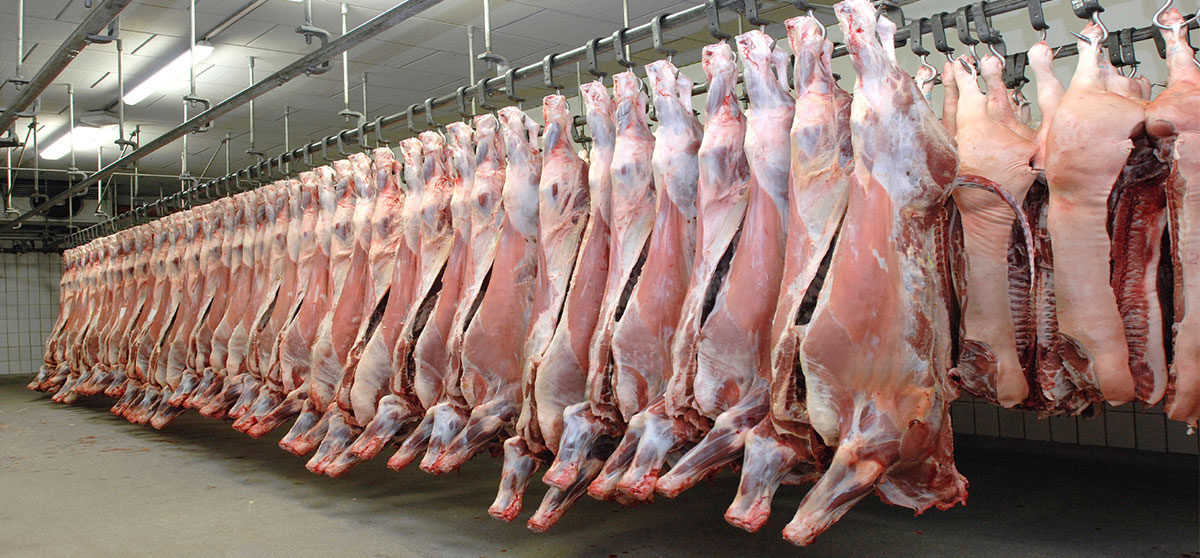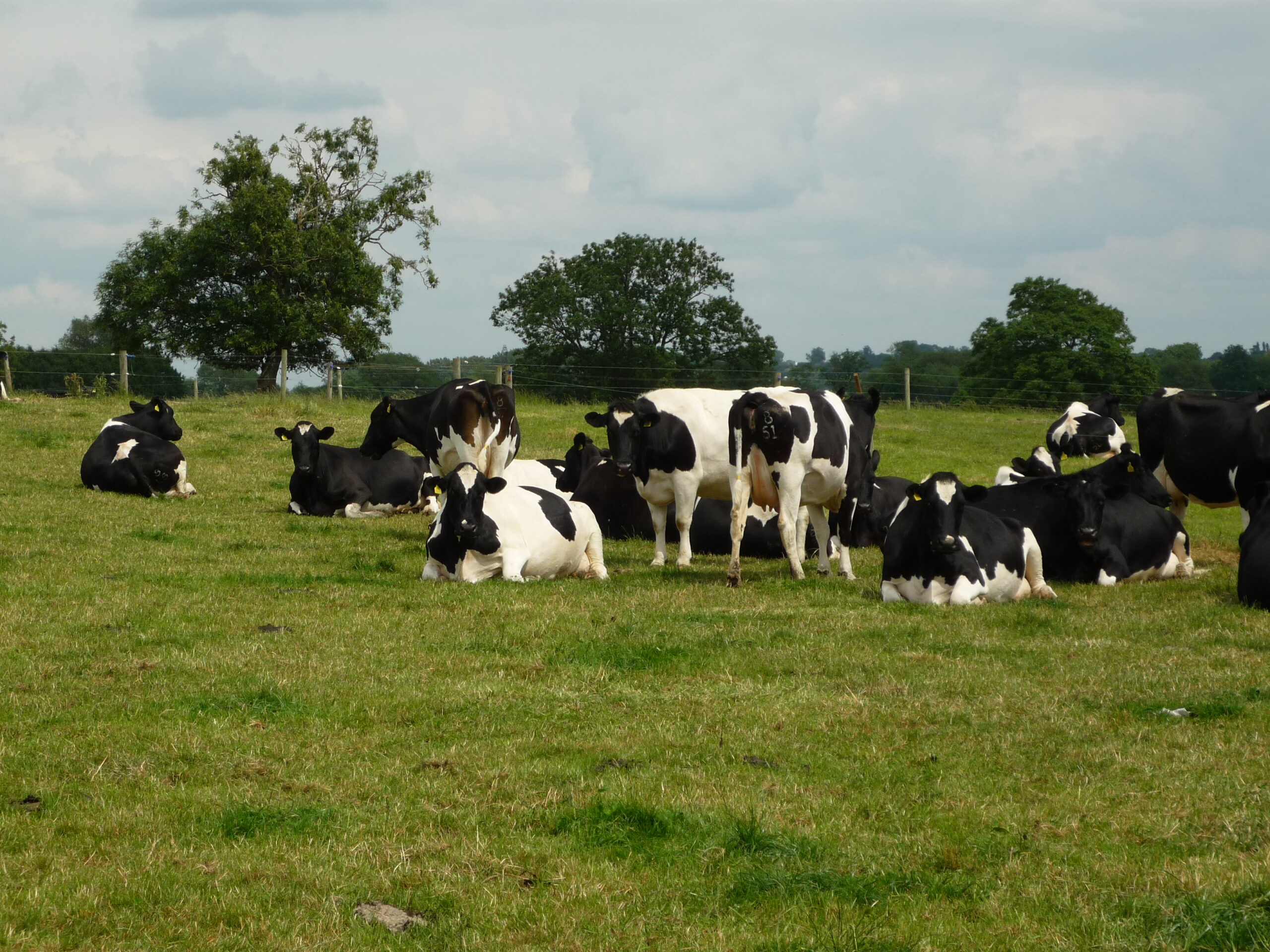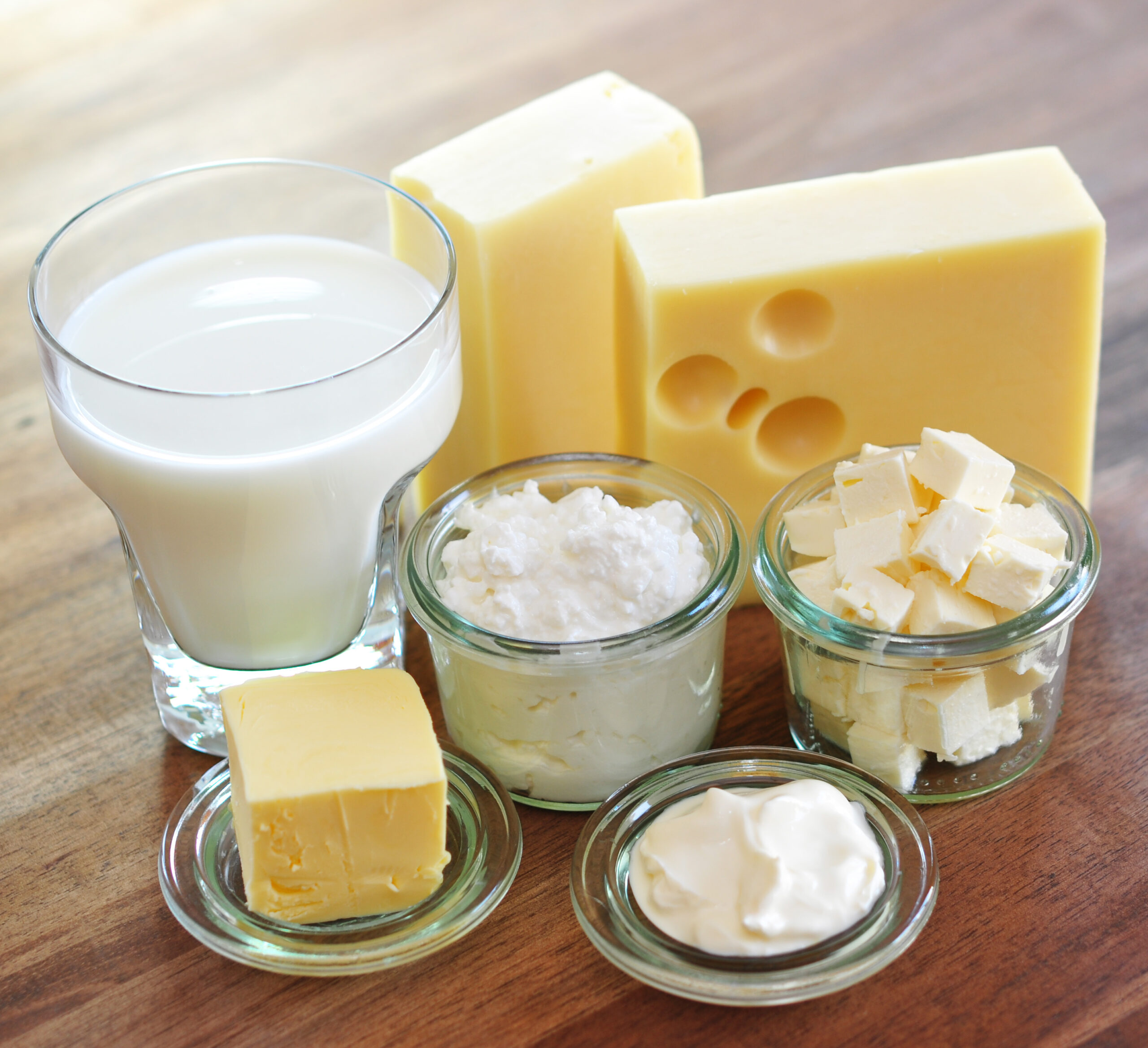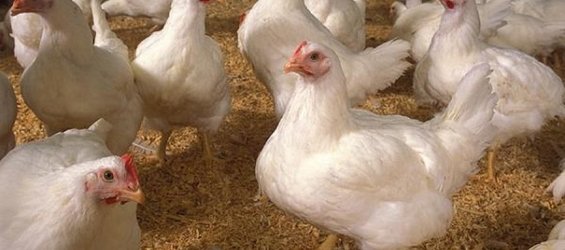Prices
The GDT average price index, often seen as the bellwether for the dairy markets, has seen strong improvements at both events held in January. At the auction on 5th January 2021 the average price index was up by 3.9% and rose a further 4.8% at the latest event held on 19th January to close the month at $3,593. Only cheddar experienced a small drop, by 0.3%; SMP and WMP rose by 7% and 2.2% respectively, with butter up by 4.6%. SMP is now at $3,243 per tonne, the highest value for the last five years. Anhydrous Milk Fat (AMF) saw a 17.2% increase. The index has risen at every event now since the end of September 2020, except for one at the end of November. This is despite Covid-19 impacting the demand from the food service sector, but recently there has been a weakening of the US dollar making products cheaper which looks like it has more than offset the lack of demand due to Covid disruptions.
This positivity is also reflected in domestic farmgate prices, which according to Defra’s latest release were averaging 30.38ppl in December (See Key Farm Facts). And this looks set to continue, with a number of processors announcing prices will be maintained until at least March, these include; First Milk members, Arla members, Credition Dairy, Saputo, Barbers and Belton Cheese. As a result of the Tesco cost tracker review, Tesco aligned suppliers will receive a 0.4ppl increase from 1st February and suppliers to the Co-op Group will also see a rise from the beginning of February of 0.22ppl.
Production
The AHDB is forecasting global milk production to rise by around 1% in 2021, increasing total supplies by 3.1bn litres. This is at a slower rate than 2020. Despite disruptions to Coronavirus it is expected deliveries increased by just under 4.9bn litres in 2020, up by 1.7% compared with 2019.
Meanwhile, the EU is forecasting milk production in the EU-27 to increase by 0.6% per annum, reaching 157bn litres in 2030. This is the forecast in the EU Commission’s latest Agricultural Outlook 2020-2030. The full report can be found via agricultural-outlook-2020-report_en.pdf (europa.eu). The growth in production is less than in recent years due to a reduction in estimated herd size and a lower yield growth (1.4% per annum). According to the report, this is because non-conventional systems are expected to experience an uptake in response to consumer demands for sustainability and the environment; the share of organic milk is expected to grow from 3.5% to 10% by 2030.








